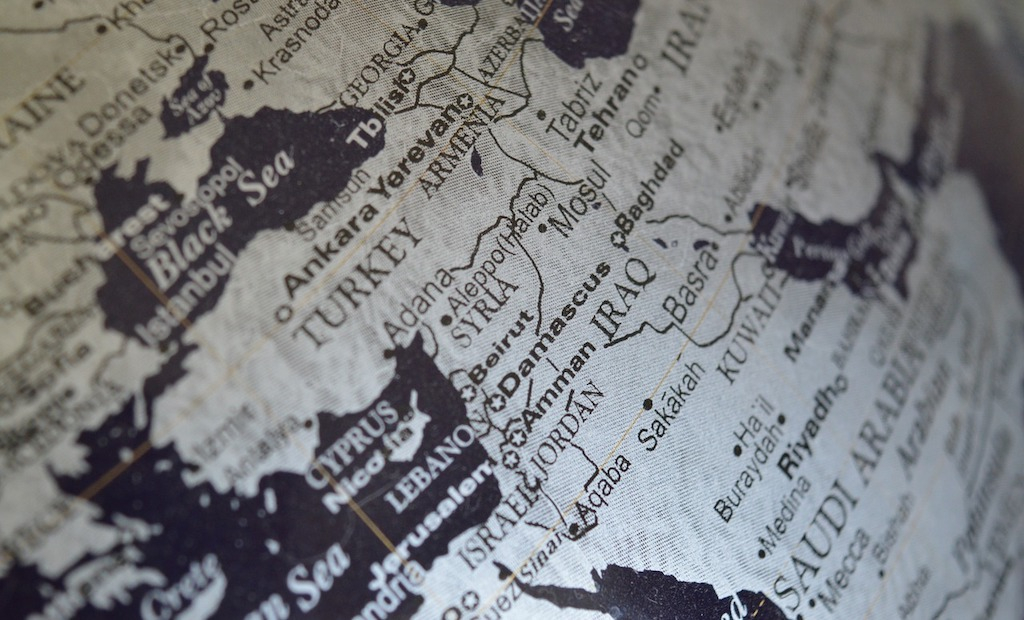World Heritage “in danger” list: Fading wonders of the world

The United Nations Educational, Scientific and Cultural Organization (UNESCO) lists 1,007 sites as being uniquely majestic or possessing sufficient cultural and historical significance to qualify for world heritage status.
Of these 1,007, 46 are listed as being “in danger”. The threats to world heritage sites summarize global strife – war, natural disasters, climate change and outright greed.
An earthquake in Nepal killed over 8,800 people and destroyed the temples at Bhaktapur, a heritage site in the Kathmandu Valley. Unchecked, poaching in the Democratic Republic of Congo’s Garamba National Park will soon exterminate the black rhinoceros. Intense hurricanes, perhaps energized by global warming, endanger lives and livelihoods on the atolls of the eastern Solomon Islands. The reefs and mangroves of Belize face terminal risk from property developers.
Some sites are literally fading from sight. The Peruvian site of Chan Chan, the largest city of pre-Hispanic America was once an Incan regional capital. Periodic earthquakes and constant weather erosion are relentlessly reducing Chan Chan’s ancient adobe citadels to dust. Conservation workers struggle to preserve the city. Yet, their efforts are constantly undermined by renegade archaeologists, who during their illegal searches for relics, employ reckless methods and techniques which amplify the impact of local erosion.
It highlights a more subtle threat to world heritage: theft. In May 2015, hoping to protect the ancient ruins of Palmyra, UNESCO called for an immediate cessation of hostilities in Syria. From the 1st to the 2nd century AD, the city of Palmyra was a crossroads of several civilizations. Now the ruins of Palmyra are one of four heritage sites in Syria threatened, not only by war, but also the theft of its most prized treasures.
Though, naturally hard to quantify, the FBI estimates that the global black market in stolen archaeological items and illicit antiquities is worth billions of dollars each year. While most stolen items are sold directly to private collectors, there are boutique salesrooms which operate a “don’t ask, don’t tell” policy when it comes to requesting an item’s provenance.
Of course, there’s nothing novel about grave robbing. Yet there is a new twist to the phenomenon: ”conflict antiquities”. The sale of art and treasures plundered during war is a major source of funding for terrorist groups and international criminal gangs. UN data suggests that during the 2003 military action in Iraq, over 10,000 items were stolen from the National Museum in Baghdad, many of which continue to be sold on the black market.
A recent FBI report revealed that in 2014 the Islamic State (IS) terror group obtained over $20m from the sale of “conflict antiquities”. Most of the items IS sold appear to have come from heritage sites in Syria.
UNESCOs request to cease hostilities in Syria wasn’t mere symbolism. World heritage sites have special protection under the Geneva conventions Article 53 of the Law of War. Hostile acts deliberately aimed at religious and culturally sensitive sites are war crimes.
Chris Gilroy

























Facebook
Twitter
Instagram
YouTube
RSS